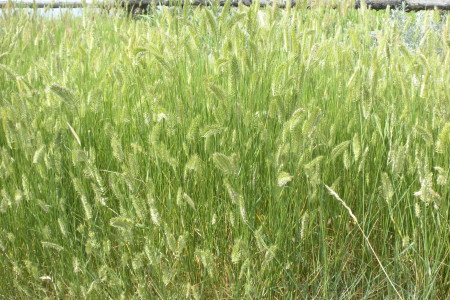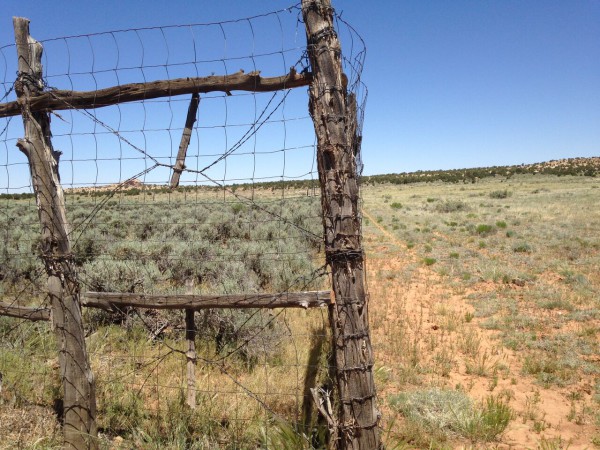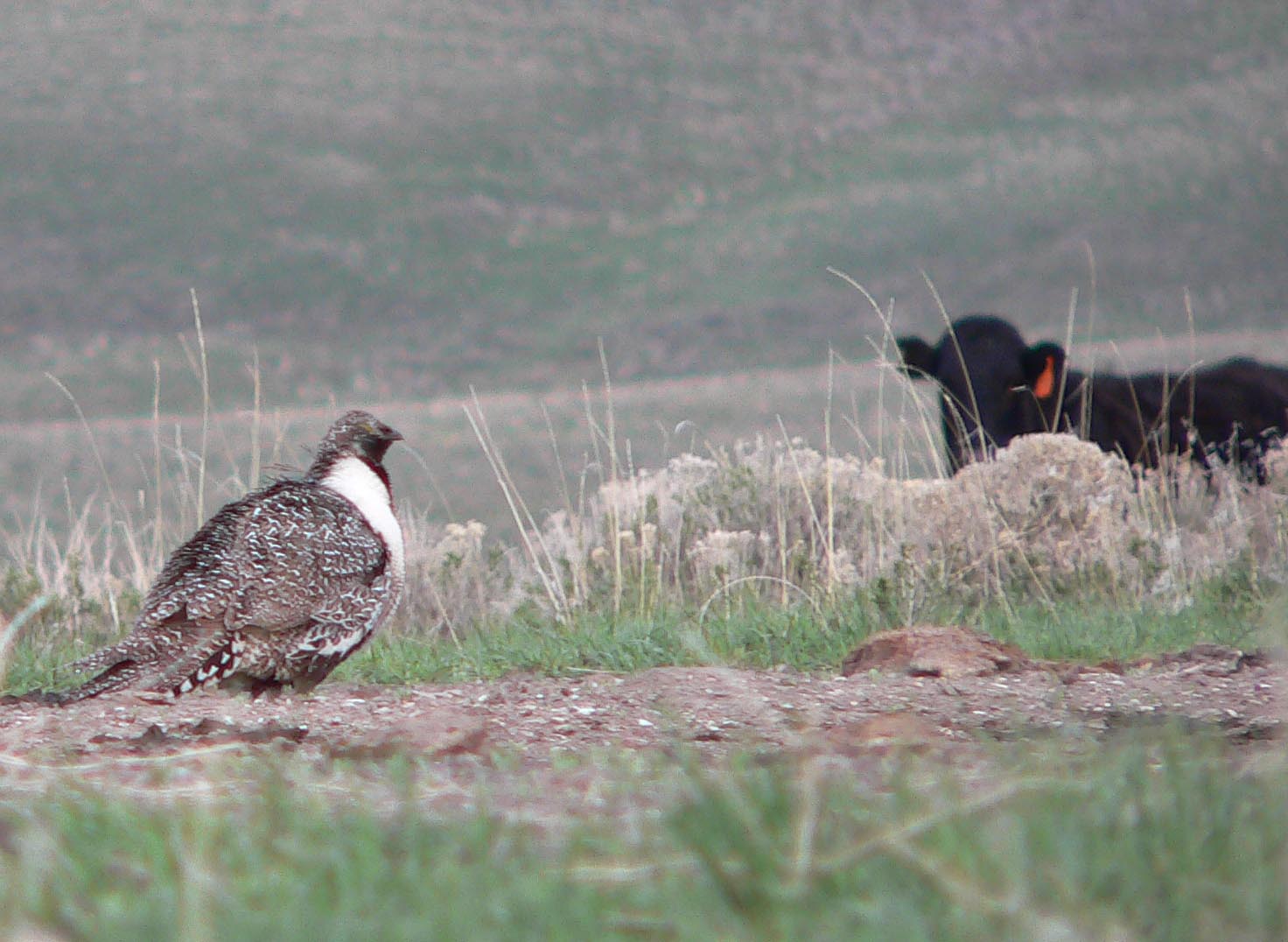The arid desert of the western United States is largely composed of public lands and seas of sagebrush. On these rangelands, cattle and feral horses have grazed alongside each other for centuries. But in recent years, the feral horse population has increased. According to data from the Bureau of Land Management (BLM), Wild Horse and Burro Program, there are 58,150 feral horses grazing the Western U.S. and another 46,492 are in BLM holding facilities.
A recent article written in the Washington Post addresses the western issue, “U.S. looks for ideas to help manage wild-horse overpopulation,” written by Lenny Bernstein and Brady Dennis. In the article, Executive Director of Protect Mustangs Anne Novak was quoted stating when equines graze along cattle, it leads to a healthier cow. Novak cites a livestock grazing research experiment conducted in Kenya, Africa to corroborate her view.
“Novak, of Protect Mustangs, dismissed the notion that wild horses have destroyed grazing lands that ranchers need to feed their cattle. She cited work by Princeton University researchers that shows that allowing wild animals to graze alongside cattle can actually result in healthier cows. Their conclusions were based on studies conducted in Kenya, where cattle paired with donkeys gained 60 percent more weight than those left to graze only with other cows. The researchers said that the donkeys ate the upper portion of grass that cows have difficulty digesting, leaving behind lush lower vegetation on which cattle thrive.”
Novak failed to mention important facts surrounding the study. The research was conducted in Kenya where environments receive 15 to 30 inches of precipitation a year, in a tri-modal pattern. It is located near the equator and have a year-round growing season—provided there is adequate moisture for plant growth. The research, however, cannot be applied to the arid West because in general it has cold winters and much of its precipitation comes as snow. The growing season occurs primarily in the spring, summer and early fall depending on precipitation—which is always a gamble in the west.
The Princeton University research (cited in the article) recorded the Kenya vegetation cover averaged around 77.8 percent. In comparison, the vegetation cover in central Nevada ranges from 10 to 15 percent, according to the Online Nevada Encyclopedia. The levels of available forage and forage growth in Kenya is considerably different than central Nevada. Note: We used Nevada as an example because it is the state with the most acres of public rangeland allotted to feral horses.
Even though donkeys benefited cows during the wet season in Kenya, things changed during the dry season. The research showed that during the dry season, cattle and wild herbivores competed for forage (Odadi et al. 2007). This research study was not only beneficial for cows, but for equines as well. The research found when herded together during the wet season both cattle and donkeys gained more weight, had higher bite rates, and selected more balanced diets—than when foraging separately. In addition, parasite egg output in feces of donkeys was reduced by 14–35 percent after foraging with cattle (Odadi et al. 2011).
The research conducted in Kenya does not adequately represent the Western feral horse environments, so why compare them? It may be useful research for livestock producers in Kenya, but not for the average western U.S. rancher.
References
Odadi, W. O., T. P. Young, and J. B. Okeyo-Owuor. 2007. Effects of wildlife on cattle diets in Laikipia rangeland, Kenya. Rangeland Ecology and Management 60:179–185.
Odadi, W. O., M. Jain, S. E. Van Wieren, H. H. T. Prins, and D. I. Rubenstein. 2011. Facilitation between bovids and equids on an African savanna. Evolutionary Ecology Research 13:237–252.





